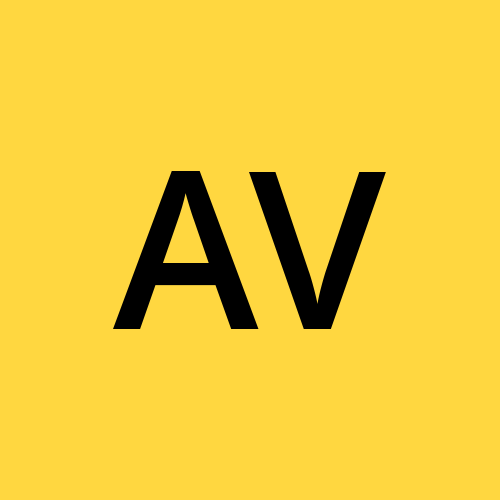Welcome To Python:"Introduction to python programming"
 Aarush Verma
Aarush Verma
In this article, we'll be looking at an introduction to Python programming, its uses, code editing tools, how to get started and learning resources etc.
Certainly! Python is a high-level, interpreted programming language known for its readability, simplicity, and versatility. Here's a detailed overview:
1. History and Background:
Creator: Guido van Rossum
First Released: February 1991
Design Philosophy: Readability counts, and there should be one—and preferably only one—obvious way to do it. This philosophy is outlined in "The Zen of Python," which you can access in a Python interpreter with
import this.
2. Features:
Interpreted: Python code is executed line-by-line, which can make debugging easier.
Dynamically Typed: No need to declare variable types; the type is determined at runtime.
Garbage Collection: Automatic memory management.
Object-Oriented: Supports classes, inheritance, and other OOP concepts.
Extensible: Can integrate with C, C++, and Java code.
Huge Standard Library: Comes "batteries included" with a wide range of modules and packages.
3. Syntax:
Indentation: Python uses whitespace (indentation) to define code blocks, which makes the code more readable.
Statements: Unlike many other languages, Python does not use semicolons (
;) to terminate statements.Variables: Variables are created by simply assigning a value to them, e.g.,
x = 5.
4. Popular Libraries and Frameworks:
Web Development: Django, Flask, Pyramid
Data Analysis: Pandas, NumPy, SciPy
Machine Learning: TensorFlow, scikit-learn, PyTorch
GUI: PyQt, Tkinter, wxPython
Game Development: Pygame
Networking: Twisted, Requests
Database: SQLAlchemy, SQLite (bundled with standard library)
Others: Beautiful Soup, Matplotlib, Pillow
5. Applications:
Web Development: Build web apps, APIs.
Data Science: Data analysis, visualization, and machine learning.
Automation: Write scripts to automate mundane tasks.
Desktop Applications: Build GUI-based apps.
Education: Popular choice for teaching programming.
6. IDEs and Tools:
IDEs: PyCharm, Visual Studio Code, IDLE (comes bundled with Python)
Package Manager: pip (used to install Python packages)
Virtual Environments:
venv,virtualenv
7. Versions:
Python 2: Released in 2000, discontinued in 2020. Used
printas a statement, among other differences.Python 3: Released in 2008. Introduced many backwards-incompatible changes, making it the current and future direction of the language. Uses
print()as a function, introduced thebytestype for handling binary data, and more.
8. Community:
Python has a vast, global community which is particularly inclusive and beginner-friendly. The Python Software Foundation (PSF) supports the development of the language. There are numerous Python conferences, like PyCon, held worldwide.
9. Getting Started:
To get started with Python, you can download it from the official website. Installing Python will also install pip and IDLE.
10. Conclusion:
Python's simplicity and readability make it a great choice for beginners, while its powerful libraries and frameworks allow for professional development in various domains. Whether you're looking to develop web applications, delve into machine learning, or simply automate some tasks on your computer, Python is a versatile tool that can help you achieve your goals.
In case you find this helpful consider following me for the next updates, in terms of difficulties you can contact me at my WhatsApp no (https://wa.me/8288855685), that's it for now see you later 😉
Subscribe to my newsletter
Read articles from Aarush Verma directly inside your inbox. Subscribe to the newsletter, and don't miss out.
Written by

Aarush Verma
Aarush Verma
I am a learning developer, will share my experience as i progress by writing blogs.